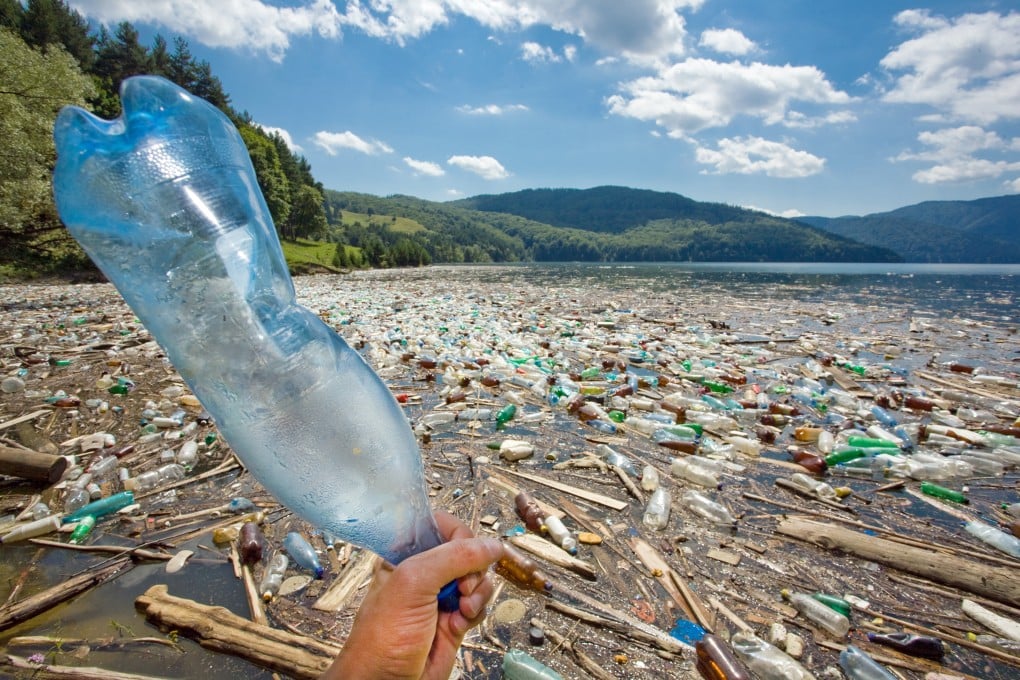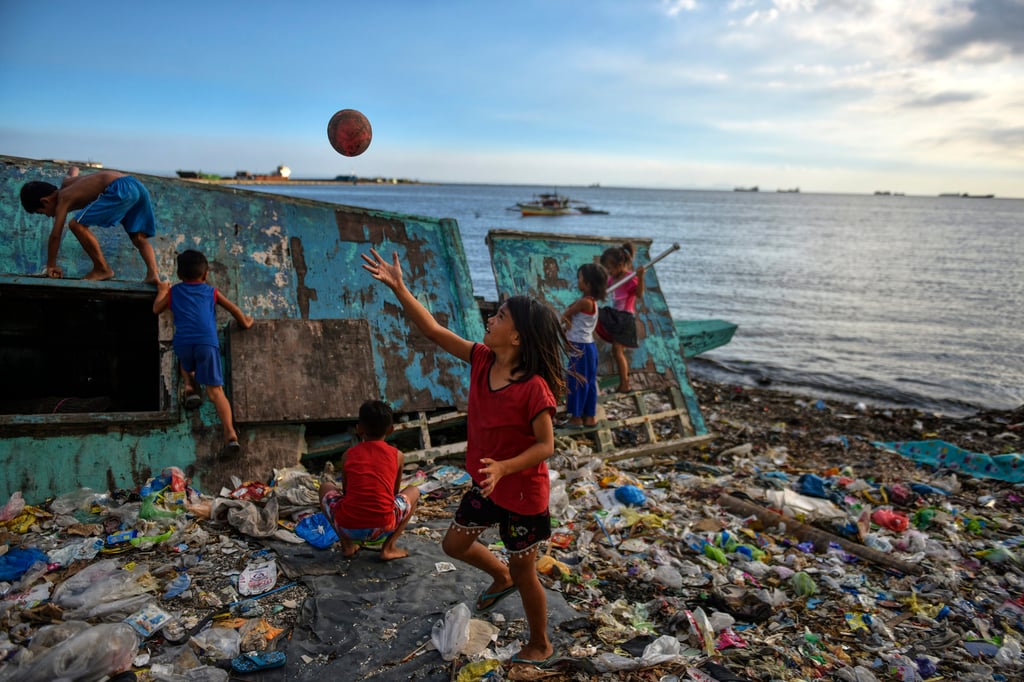How microplastics threaten humans and the US$149 test to see your levels
Experts say microplastics reduce fertility, lower sperm count and may increase cancer risk. Biohacker Bryan Johnson is trying to help

They are found in cosmetics and cleaning products, apples and chicken nuggets, breast milk – and our brains. From the bottom of the Mariana Trench 10,000 metres (32,800 feet) below the ocean’s surface to the top of Mount Everest, microplastics are everywhere.
These plastic particles that are less than 5mm (0.19 inch) in size are broken down from larger plastic items such as bottles or packaging.
Synthetic textiles are the biggest source of microplastics, producing 35 per cent of the total, according to the International Union for Conservation of Nature. Tyre wear and tear ranks second, at 28 per cent.
A 2021 Hong Kong study of 50 samples of frozen mussels brought in from five different locations, including Canada, Holland and Australia, estimated that mussel eaters in the city could ingest as many as 508 pieces of microplastic per year.

Particularly small pieces can cross into the bloodstream from the stomach.
